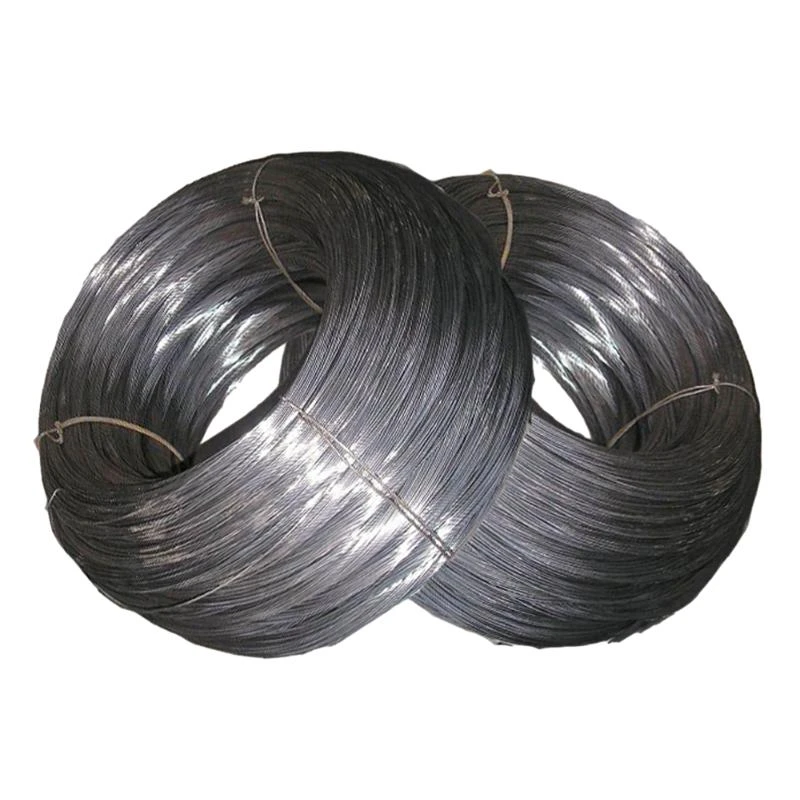
- Mobile Phone
- +8613931874955
- sales@cntcmetal.com
Innovative Solutions for Sustainable Construction Using Permanent Formwork Techniques
The Advantages of Permanent Formwork in Modern Construction
In the realm of construction, innovation plays a crucial role in enhancing efficiency, sustainability, and the overall quality of structures. One such innovative solution gaining traction is permanent formwork. This method revolutionizes traditional building techniques by integrating the formwork system into the final structure itself, offering numerous advantages over conventional methods.
Permanent formwork, often constructed from materials such as expanded polystyrene (EPS), concrete, or polymer, is designed to remain in place after the concrete has cured. This contrasts sharply with traditional formwork, which is temporary and removed once the concrete achieves sufficient strength. The benefits of adopting permanent formwork are manifold, particularly in terms of time, cost, and environmental impacts.
One of the primary advantages of permanent formwork is its ability to significantly reduce construction time. Traditional formwork involves multiple steps erecting the structure, pouring concrete, and then dismantling the temporary formwork. Each stage takes time, and inefficiencies can arise, especially in adverse weather conditions. With permanent formwork, the installation of the form also serves as part of the building’s structure, allowing crews to expedite subsequent construction activities. This streamlined approach can lead to faster project completions, ultimately saving time and labor costs.
permanent formwork

Cost efficiency is another significant benefit. Although the initial investment in permanent formwork materials might be higher than standard formwork systems, the long-term savings are substantial. The reduction in labor costs because of faster construction times, combined with the elimination of rework (since the formwork is not removed), leads to overall project cost savings. Additionally, permanent formwork often requires less maintenance over time compared to traditional methods, further enhancing its financial viability.
Sustainability is increasingly becoming a priority in the construction industry, and permanent formwork contributes positively to this trend. Many permanent formwork solutions are designed to be energy-efficient, providing excellent thermal insulation, which can help regulate building temperatures and reduce energy consumption. This characteristic is particularly valuable in a world where energy efficiency is paramount to mitigating climate change. Moreover, by minimizing waste generated from traditional formwork, permanent systems align with sustainable building practices.
Moreover, the design flexibility offered by permanent formwork is noteworthy. With a variety of shapes, sizes, and materials available, architects and engineers can explore creative structural designs without being constrained by the limitations of traditional formwork. This flexibility fosters innovation and allows for the realization of complex architectural visions in a practical manner.
In conclusion, permanent formwork is an emerging solution that addresses some of the critical challenges faced in construction today. With its time-saving capabilities, cost efficiency, sustainability, and design flexibility, it presents a compelling alternative to conventional formwork systems. As the construction industry continues to evolve, embracing modern techniques like permanent formwork will undoubtedly contribute to building a more efficient, sustainable, and resilient future.
share:
-
Your Source for Concrete Wall Ties and Masonry AccessoriesNewsJul.10,2025
-
Unlocking the Power of Iron Wire for Every ProjectNewsJul.10,2025
-
Explore Advanced Chain Wire and Stainless Steel Mesh FencingNewsJul.10,2025
-
Discover the Benefits of Annealed Wire ProductsNewsJul.10,2025
-
Discover China Stainless Steel Wire Mesh SolutionsNewsJul.10,2025
-
Build with Confidence Using High-Performance Masonry AccessoriesNewsJul.10,2025
-
Why Sacrificial Formwork Is Redefining Underground ConstructionNewsJun.06,2025



















